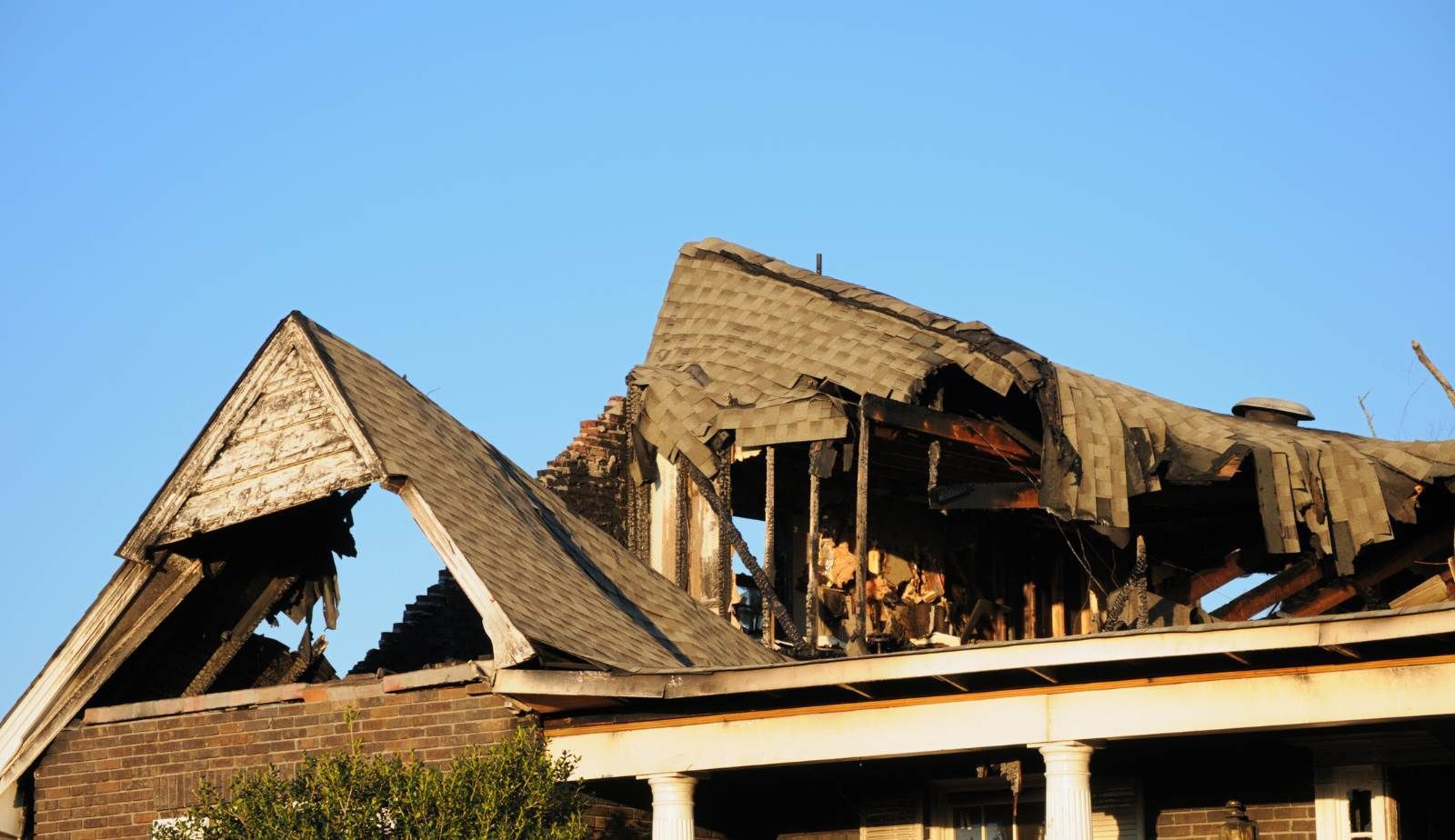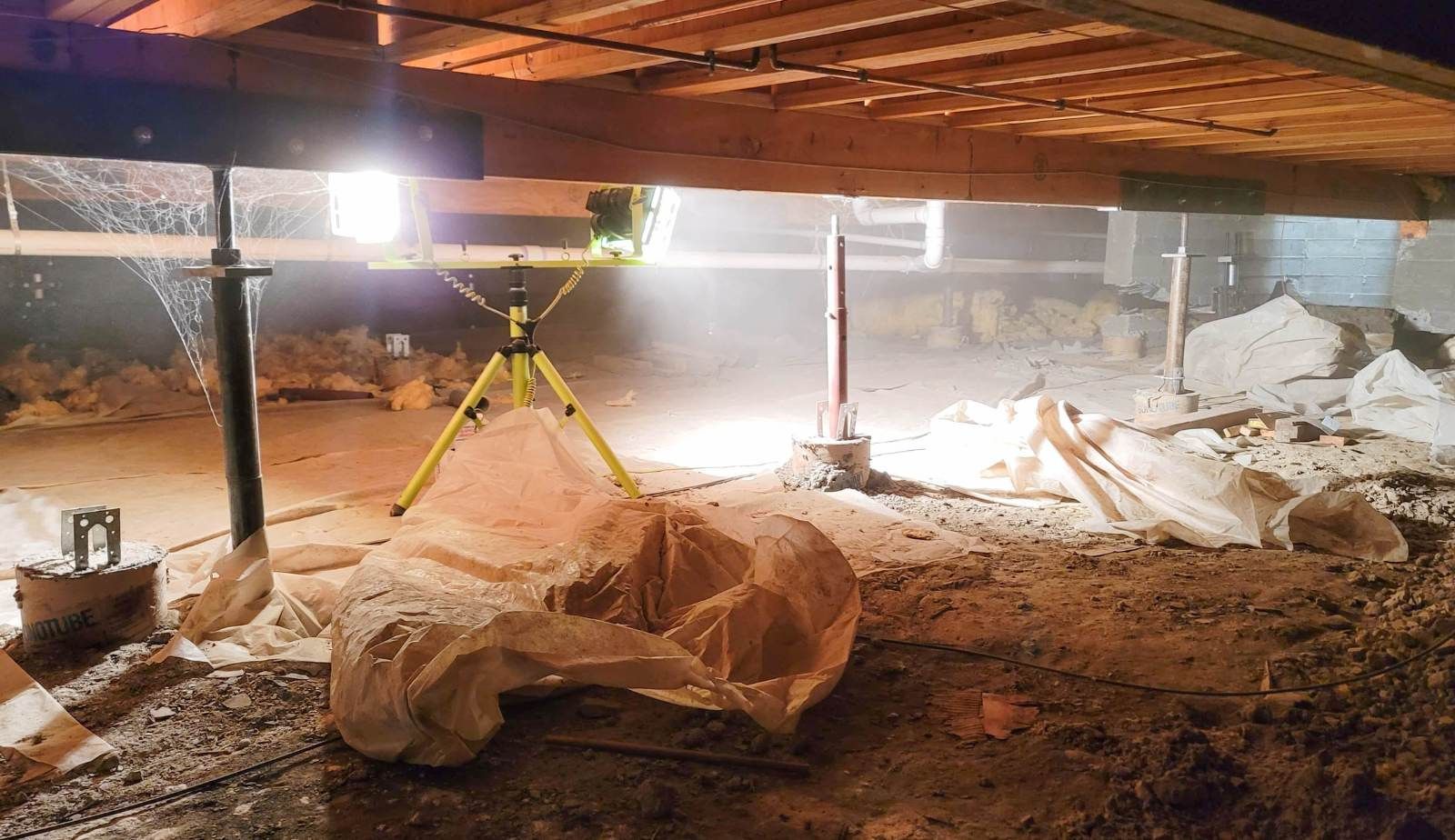Does Your Louisiana Homeowners Insurance Cover Water Damage? Understanding Drymax Restoration Services
Homeowners in Louisiana often face challenges when it comes to understanding their insurance coverage for water damage. With the state’s unique climate and susceptibility to storms, it’s crucial to know what a standard homeowners policy includes. Most water damage is covered if it is sudden and accidental, stemming from internal sources; however, exclusions apply, especially regarding flooding or neglect.
Understanding the nuances of coverage can save homeowners significant out-of-pocket expenses. Those new to navigating the complexities of insurance claims may find it beneficial to seek assistance from professionals. Companies like Drymax offer not only restoration services but also valuable insights into the claims process for damage caused by water, fire, or mold.
Addressing these concerns proactively can lead to a smoother recovery process and peace of mind in the aftermath of unexpected incidents. Homeowners should be informed of their policy details to effectively manage risks and ensure they are adequately covered when water damage occurs.
What Types of Water Damage Are Covered by Louisiana Homeowners Insurance?
Louisiana homeowners insurance may cover specific types of water damage, providing essential protection for homeowners. Understanding these coverage details can help residents prepare for potential claims and manage their risks effectively.
Sudden and Accidental Water Damage
Homeowners insurance typically covers sudden and accidental water damage. This includes incidents like burst pipes or uncontrolled leaks. If a pipe bursts due to freezing temperatures and causes water to flood the living area, the resulting damage may fall under insurance coverage.
Policyholders should review their specific policy terms to confirm coverage limits. Important factors include the cause of the damage and the timing of the incident. Most policies do not cover gradual leaks or damage that results from neglect.
Burst Pipes and Accidental Leaks
Burst pipes can lead to significant property damage, and most homeowners insurance policies cover these incidents. Coverage applies when a pipe breaks unexpectedly, allowing water to escape and damage the structure and personal belongings.
Documentation of the damage, including photographs and repair estimates, is crucial for claims. Homeowners should also consider the age and condition of the plumbing system, as well as their policy's specific definitions and exclusions regarding "sudden" incidents, to understand their coverage limits better.
Appliance Overflow and Discharge
Damage caused by appliance overflow or discharge may also be covered under homeowners insurance. This includes incidents involving washing machines, dishwashers, and water heaters malfunctioning or failing, resulting in substantial water damage.
Homeowners should ensure that appliances are adequately maintained. Coverage may vary based on the source of water and the policy details. It’s prudent to stay informed about potential limits or exclusions related to appliance-related incidents. Gathering evidence, such as repair bills and inspections, supports a stronger claim in these situations.
Common Exclusions and Limitations in Water Damage Coverage
Homeowners in Louisiana should be aware of specific exclusions and limitations in their water damage coverage to make informed decisions. Understanding these aspects can help prevent unexpected costs and ensure adequate protection for their properties.
Flood Damage vs. Water Damage
Flood damage and water damage are often misunderstood. Standard homeowners insurance typically excludes flood damage, which arises from rising waters, heavy rains, or storm surges. This type of damage necessitates a separate flood insurance policy.
In contrast, water damage from sudden incidents, like burst pipes or sink overflow, generally falls under homeowners insurance coverage. Knowledge of this distinction is crucial, as many homeowners may mistakenly assume they are covered for floods when they are not.
Gradual Leaks and Wear and Tear
Coverage limitations often arise with gradual leaks and wear and tear. Homeowners insurance does not cover damages resulting from long-term maintenance issues. For instance, if a slow leak from a faucet causes mold growth, this type of damage is likely excluded.
Insurers view such problems as preventable through regular maintenance. This means property owners are responsible for fixing these issues before they result in significant damage, substantially affecting potential repair costs.
Coverage Limits and Deductibles
Every homeowners policy includes coverage limits and deductibles that impact how much a homeowner can recover after a water damage incident. Coverage limits refer to the maximum payout the insurer will provide for claims, which may vary widely depending on the policy.
Deductibles are the amounts that a homeowner must pay out of pocket before the insurer covers the remaining costs. For example, if a policy holder faces repair costs of $5,000 with a $1,000 deductible, they will receive $4,000. Understanding these terms allows policyholders to plan effectively for unexpected expenses.
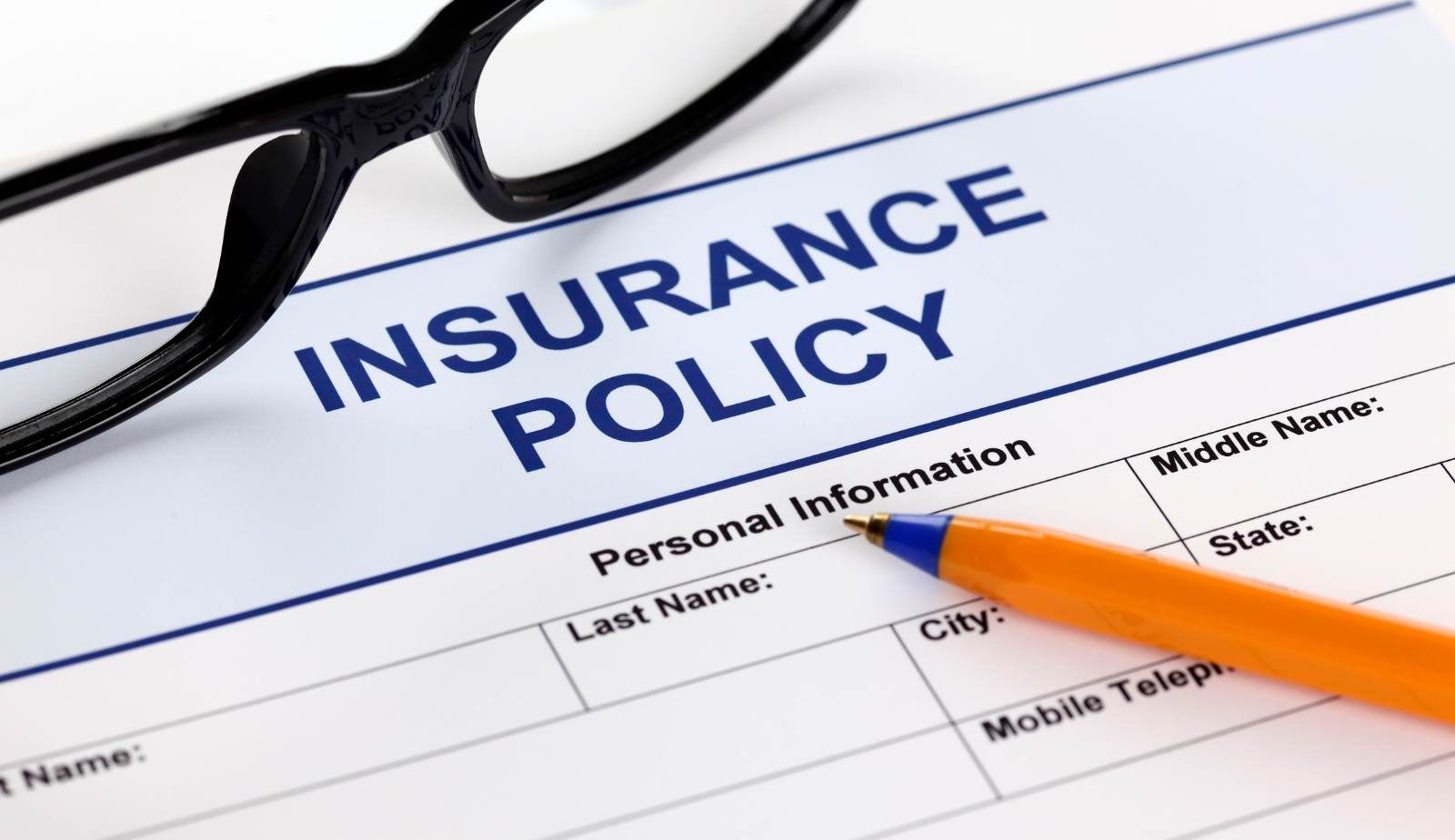
Flood Insurance in Louisiana: What Homeowners Need to Know
Flood insurance is essential for homeowners in Louisiana due to the state's high risk of flooding. Understanding the National Flood Insurance Program (NFIP), the differences between standard homeowners insurance and flood policies, and how to choose the right flood insurance can protect property and finances.
National Flood Insurance Program (NFIP)
The National Flood Insurance Program (NFIP) offers flood insurance to property owners in participating communities. It provides coverage for damages caused by flooding, not typically included in standard homeowner policies.
Key Features of NFIP:
- Coverage Limits: NFIP policies can cover up to $250,000 for homes and $100,000 for personal property.
- Availability: Homeowners must reside in an NFIP-participating area to qualify.
- Waiting Period: A 30-day waiting period typically applies before coverage becomes effective.
Louisiana residents can get flood insurance through NFIP-affiliated insurers. Understanding these elements helps homeowners prioritize acquiring flood insurance.
Differences Between Homeowners and Flood Insurance
It is crucial to recognize the differences between homeowners insurance and flood insurance. Standard homeowners policies generally do not cover flood damage stemming from heavy rain, hurricanes, or other natural disasters.
Key Differences:
- Coverage Scope: Homeowners insurance may cover certain water damage but excludes flood damage.
- Separate Policies: Flood insurance requires a distinct policy, as it cannot be bundled with standard homeowners insurance.
- Risk Assessment: Flood insurance premiums are determined based on the property's flood risk, unlike homeowners insurance, which often considers a broader range of factors.
These distinctions highlight the importance of having a separate flood insurance policy to adequately safeguard against potential flood-related damages.
Choosing the Right Flood Insurance Policy
Selecting an appropriate flood insurance policy involves assessing coverage needs and understanding policy specifics. Homeowners should consider factors such as location, property value, and flood zone designation.
Considerations for Homeowners:
- Flood Zone Maps: Review FEMA flood zone maps to determine risk levels.
- Coverage Amounts: Assess the structure's value to decide on necessary coverage, keeping in mind NFIP limits.
- Private vs. NFIP: Explore options for private flood insurance, which may offer additional coverage or faster claims processing.
By carefully evaluating these aspects, Louisiana homeowners can make informed decisions to secure robust flood insurance coverage.
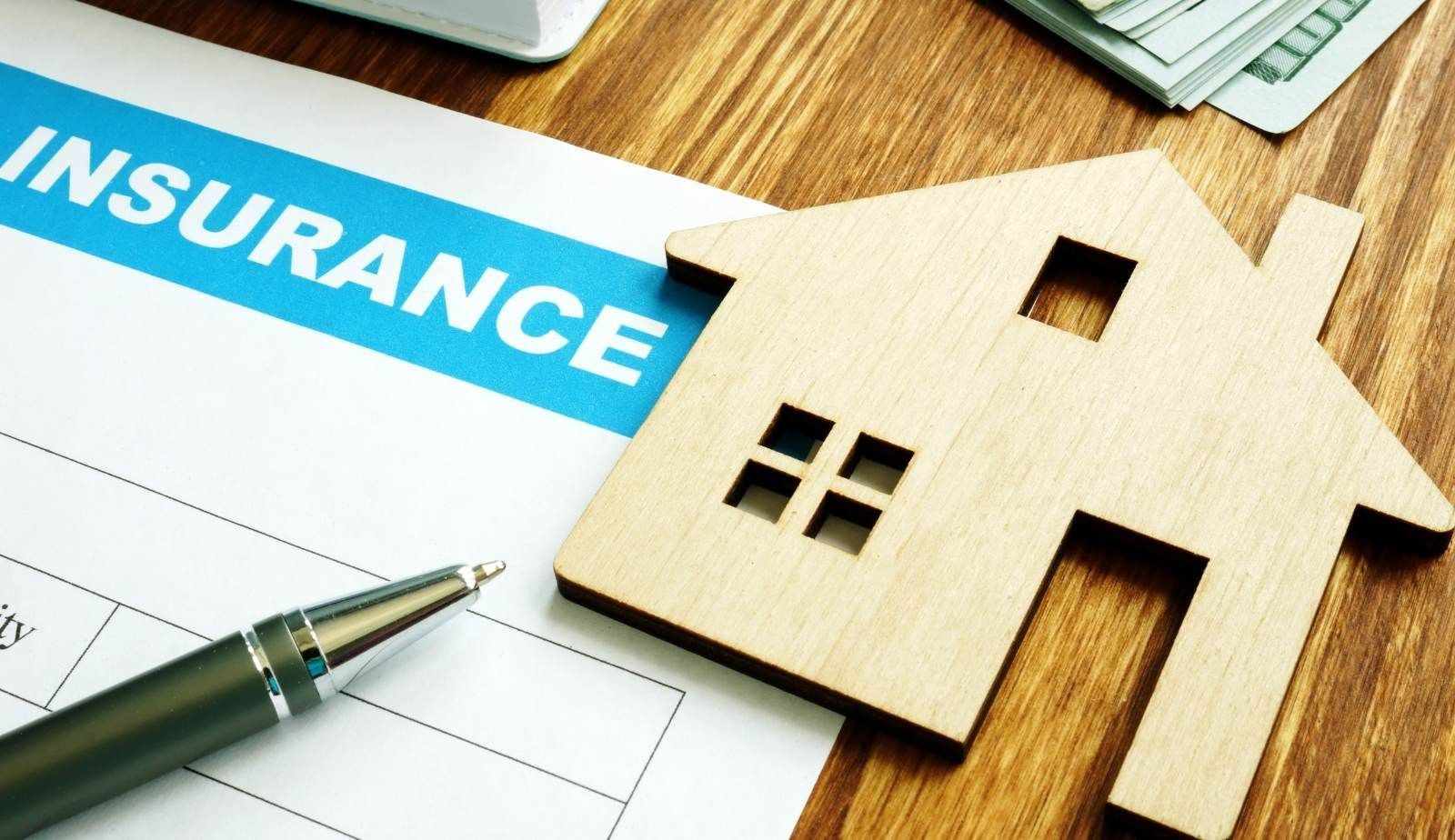
Hidden and Seasonal Water Damage Risks in Louisiana Homes
Louisiana homeowners face unique water damage risks throughout the year, influenced by the state's climate and geographical features. Understanding these risks is crucial for effective prevention and mitigation. This section addresses specific threats from heavy rainfall, storm surges, and sewer backups, as well as signs of hidden water damage that may go unnoticed.
Heavy Rainfall and Storm Surges
Louisiana experiences heavy rainfall and frequent storm surges, especially during hurricane season. These storms can lead to substantial flooding, overwhelming drainage systems and causing significant damage to homes.
- Flood Zones: Many areas in Louisiana are particularly prone to flooding during intense storms.
- Insurance Limitations: It's important to note that standard homeowners insurance often does not cover flood damage. Homeowners may need supplemental flood insurance to ensure protection.
- Preparation Tips: Homeowners should invest in sump pumps and proper drainage systems to mitigate flooding risks.
Sewer Backups and Foundation Vulnerabilities
The heavy rain and saturated ground conditions can lead to sewer backups. This issue is exacerbated by the flat topography in many parts of Louisiana, where runoff accumulates instead of draining away.
- Increased Risk: When heavy rains occur, city sewer systems can become overwhelmed, causing sewage to backflow into homes.
- Foundation Damage: Prolonged exposure to water can weaken a home's foundation, increasing the risk of serious structural issues.
- Preventive Measures: Regular maintenance of sewer lines and installation of backflow valves can help prevent these costly problems.
Signs of Hidden Water Damage
Hidden water damage can be insidious, often without any exterior signs until significant damage has occurred. Homeowners should be vigilant for early indicators.
- Unexpected Mold Growth: Mold may appear in damp areas, indicating prolonged moisture exposure.
- Unexplained Dampness: Soft spots in walls or ceilings can signify hidden leaks.
- Odors: A musty smell can indicate mold growth or water intrusion.
Regular inspections and prompt responses to any indications of water damage can significantly reduce repair costs and protect the integrity of the home. Homeowners are encouraged to seek professional assessments, particularly after heavy rains or when moving into older properties.
Filing a Water Damage Claim: Steps for Louisiana Homeowners
When facing water damage, Louisiana homeowners should take a systematic approach to filing their claims. Timely documentation and clear communication with the insurance provider are crucial for a successful process.
Documenting and Reporting the Damage
First, homeowners must document the damage thoroughly. This includes taking clear photographs and videos of affected areas. Notes detailing the extent of the damage and the date of occurrence are important.
Next, homeowners should contact their insurance company as soon as possible. Reporting the damage promptly helps initiate the claims process. A written record of the communication, including the date, time, and representative's name, is invaluable.
Checklist for Documentation:
- Photos and videos of the damage.
- Detailed notes on the incident.
- Contact records with the insurance company.
Working With Your Insurance Company
Homeowners should understand the specifics of their insurance policy before filing a claim. Some policies may include exclusions for certain types of water damage, such as flooding. A thorough review of the policy can help set realistic expectations.
After reporting the damage, an insurance adjuster will be assigned to evaluate the claim. It is essential for homeowners to cooperate fully, providing any requested documentation. Keeping all correspondence organized can facilitate smoother communication.
Key Considerations:
- Review the policy for coverage details.
- Be prepared to submit additional documentation.
- Follow up regularly with the insurance representative.
Estimating Repair Costs and Mitigation
Before repairs begin, homeowners should gather estimates for repair costs. It is advisable to obtain multiple quotes from licensed contractors. This provides a clearer picture of potential expenses and helps in negotiations with the insurance company.
In addition, mitigation steps should be taken immediately to prevent further damage. This may involve removing standing water and drying out affected areas. Documenting these actions can support the claim.
Repair Cost Estimation Steps:
- Gather quotes from at least three contractors.
- Document all mitigation efforts.
- Maintain records of expenses related to repairs.
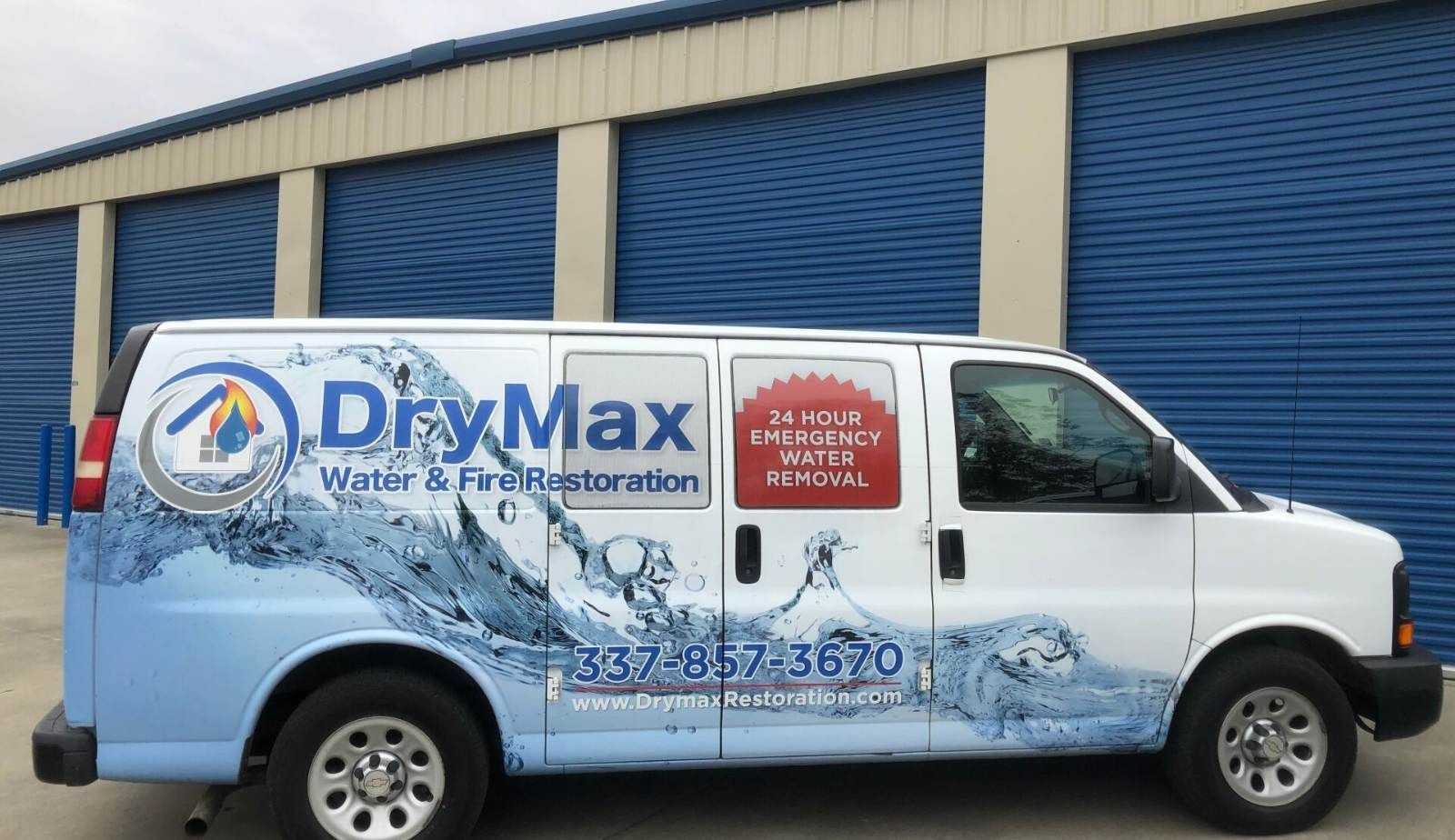
Mold, Mildew, and Post-Water Damage Restoration Concerns
Post-water damage, homeowners face significant concerns related to mold and mildew. Addressing these issues promptly is essential to ensure health and property preservation. Effective strategies for prevention and remediation can mitigate long-term damage.
Mold Growth Prevention
Mold thrives in damp environments, making water damage a prime factor for its development. Homeowners should act quickly to eliminate excess moisture.
Steps to prevent mold growth include:
- Dry Out Affected Areas: Use dehumidifiers and fans to reduce humidity levels.
- Seal Leaks: Check plumbing for leaks that may contribute to moisture.
- Improve Ventilation: Ensure adequate airflow in basements, attics, and bathrooms.
- Regular Inspections: Routinely check for hidden areas of moisture, such as under sinks and behind appliances.
Utilizing these preventative measures will significantly decrease the likelihood of mold proliferation.
Mildew Remediation
Mildew, a type of mold, often develops on surfaces exposed to high humidity. Addressing mildew quickly is important to prevent it from spreading.
Methods for effective mildew remediation include:
- Cleaning Solutions: Use a mixture of vinegar and water or a specialized mildew cleaner for surfaces.
- Scrub Affected Areas: Utilize brushes to remove mildew from walls, ceilings, and fabrics.
- Discard Contaminated Items: Items like carpets or cushions may need replacement if heavily infested.
- Monitor Humidity Levels: Maintaining indoor humidity below 50% can help prevent recurrence.
Consistent and thorough removal practices will ensure healthier living environments.
Working With Restoration Professionals
Engaging specialists from Drymax Water, Fire, Mold Restoration is often necessary for extensive water damage. These experts have the training and tools needed to thoroughly address mold and mildew issues.
Key aspects of working with professionals include:
- Assessment: Experts assess the extent of water damage and mold presence.
- Treatment Plans: Restoration professionals develop tailored treatment plans for effective remediation.
- Preventative Measures: They provide recommendations to prevent future issues after restoration.
Choosing qualified restoration services can make a crucial difference in maintaining a safe and mold-free home.
Preventative Strategies and Maintaining Water Damage Coverage
Homeowners in Louisiana must be proactive to prevent water damage and to maintain adequate coverage through their insurance policies. Implementing routine maintenance and upgrading systems can significantly mitigate risks and reduce potential repair costs.
Routine Home Maintenance
Regular home maintenance is crucial for preventing water damage. Homeowners should inspect their roofs, gutters, and downspouts at least twice a year. Clogged gutters can lead to water overflow, damaging both the roof and foundation.
In addition, checking for leaks in plumbing systems, including pipes and fixtures, can help identify problems early. If left unaddressed, even small leaks can escalate into expensive repairs.
Homeowners should also routinely examine basement areas for signs of moisture. Installing a sump pump can provide additional protection against flooding, especially during heavy rains.
Conducting regular home inspections not only protects the property but also ensures that insurance claims can be filed without complications, should any incidents arise.
Upgrading Home Systems and Appliances
Upgrading home systems and appliances can further enhance protection against water damage. Modern washing machines, dishwashers, and water heaters often come with improved leak detection and containment features.
Installing a smart water monitoring system can alert homeowners to leaks in real-time, allowing for quick response before significant water damage occurs.
Moreover, choosing materials that resist moisture, such as waterproof membranes in basements or high-quality roofing materials, can minimize risks.
Homeowners should also consider insulating pipes against freezing temperatures, which can prevent ruptures and subsequent water flow issues.
These upgrades can keep homeowners better protected and potentially lower their insurance premiums over time, while ensuring that claims related to water damage are handled efficiently.
Frequently Asked Questions
Homeowners in Louisiana often have questions about what water damage coverage entails. The specifics regarding types, exclusions, and the claims process can significantly impact a homeowner's financial protection. Below are common inquiries related to water damage and homeowners insurance in Louisiana.
What types of water damage are typically covered by a standard homeowners insurance policy in Louisiana?
A standard homeowners insurance policy in Louisiana generally covers sudden and accidental water damage. This includes incidents like burst pipes, accidental overflows, and appliance malfunctions. Damage resulting from weather-related incidents, such as storms, may also be covered if the water entry was not gradual.
Are there specific water damage exclusions I should be aware of in my Louisiana homeowners insurance policy?
Yes, homeowners should be aware of certain exclusions in their policies. Gradual damage, such as leaks from aging pipes or maintenance issues, is not typically covered. Additionally, damage caused by sewer backups may not be included unless specifically added to the policy.
How does the claims process work for water damage with Louisiana homeowners insurance?
The claims process typically begins by notifying the insurance company as soon as water damage is discovered. Homeowners may need to document the damage with photographs and compile a list of affected items. An adjuster will then assess the damage to determine coverage and payout.
Will my Louisiana homeowners insurance cover mold remediation caused by water damage?
Coverage for mold remediation usually depends on the cause of the mold. If it is a result of a covered water damage incident, remediation costs may be covered. However, if the mold growth is due to lack of maintenance or prolonged moisture, it may not be covered.
What steps should I take to ensure water damage is covered by my insurance after discovering it in my home?
After discovering water damage, immediate action is crucial. Homeowners should document the damage thoroughly with photos and start the cleanup process. Reporting the incident to the insurance company as soon as possible is also essential to initiate the claims process.
Is flood damage included in Louisiana homeowners insurance or do I need separate flood insurance?
Flood damage is typically not included in standard homeowners insurance policies in Louisiana. Homeowners need to purchase separate flood insurance, often through the National Flood Insurance Program (NFIP), to protect against flood-related losses.
You might also like
DryMax Restoration Blogs
